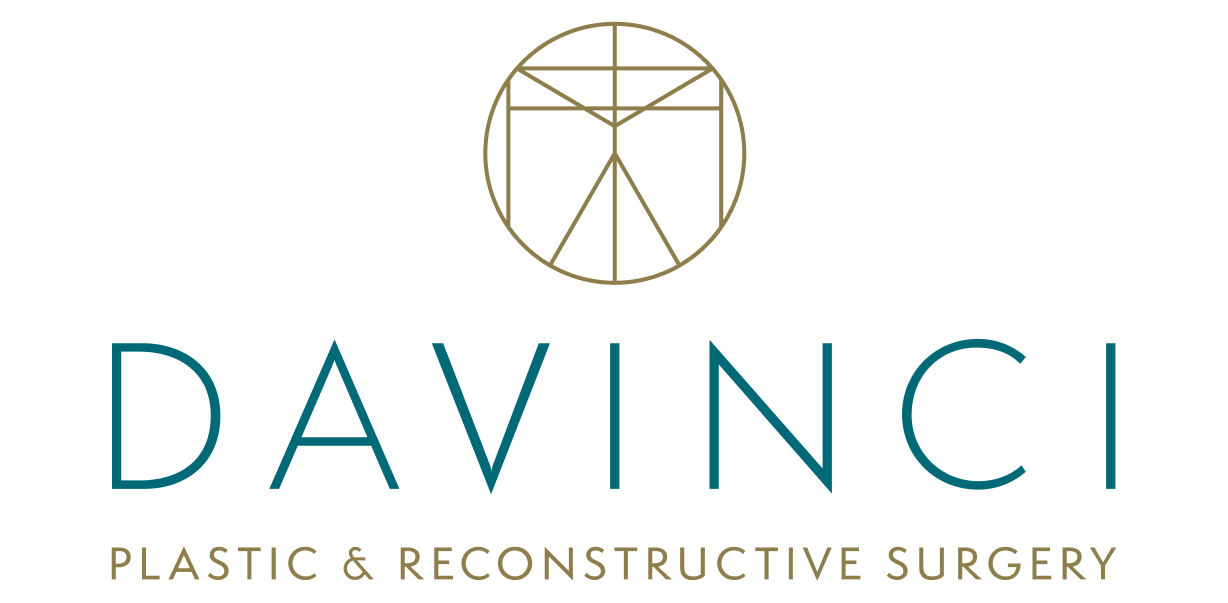Posted July 06, 2022 in FaceLift Surgery
How Does a Facelift Actually Work?

5 Minute Read: For many people, facelift surgery is one of the first procedures that comes to mind when asked to think of anti-aging plastic surgery procedures. And that’s because facelift surgery is one of the most trusted and popular cosmetic procedures available. In fact, in 2020 alone, the facelift was the third most common […]
Read More







